Jamdani Festival 2019 The way forward
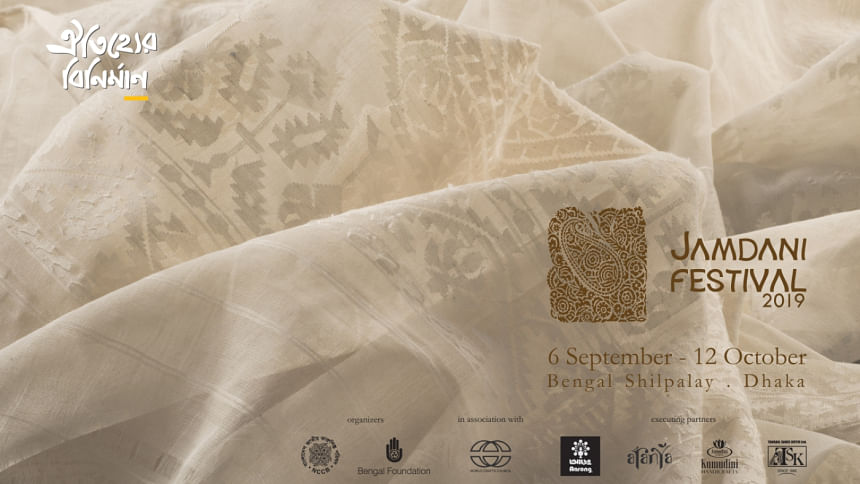
LS: In the case of Jamdani, why are primitive designs so important. Aren’t the contemporary motifs worth an effort? Is the history associated with Jamdani almost lost with time?
To address the question appropriately, I must revisit pages of history. We all know about the famous Muslin and the brilliance of the yarn produced in the regions of Bengal.
While working on the Jamdani project, I came to know that the magnificent fabric gained prominence during the Mughal era, as did many other things because of the Mughal rulers’ particular inclination for finesse and grandeur. It is said that artisans were brought in from Persia to work on Muslin.
With the amalgamation of the Persian influence, figured designs were incorporated right into the textile design, and no longer appeared as topical embroidery.
The Persians brought in with them, refined motifs, ideas and experience. Eventually, an interesting mix of motifs emerged — a beautiful confluence of both cultures. And hence the creation of Jamdani — the incorporation of woven motifs into Muslin. Those were the golden days, after which the downfall came slowly under colonial rule.
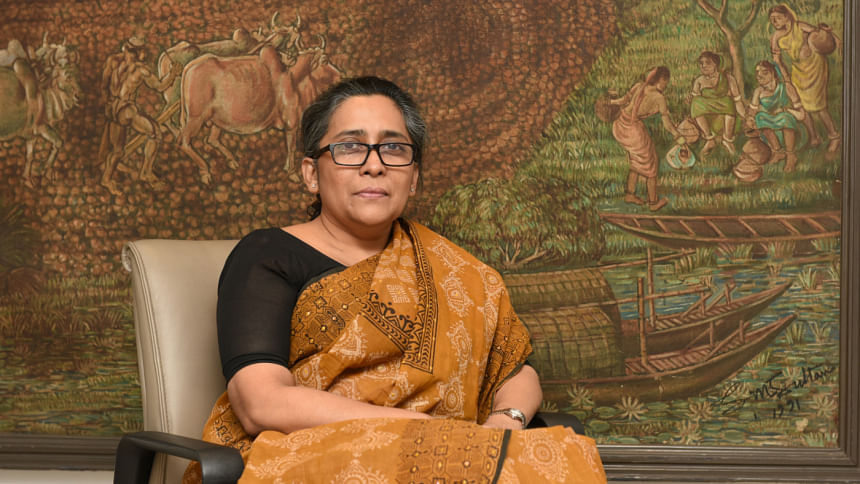
The new rulers favoured industrialisation and import of British textiles, as a result of which local weaving became less competitive. Muslin production declined greatly to the point that the exquisite weave became almost extinct.
Although skilled and renowned for their intricacy, the artisans with their pit looms could no longer compete with the power looms. Thus, our age-old legacy was practically lost within just a century.
Sadly, what we are left with today are more affordable versions, the so-called ‘Jamdanis,’ which are nowhere close to the famed fabric. These cannot and should not be mistaken for the original ones, because they are nothing close to the exquisite pieces that was once produced.
Jamdani per se has to be that ‘fine a craft’ and that ‘fine a weave’ to be attributed to its name; so when these substandard products are called Jamdanis, it is certainly a loss of perception to what an actual piece used to be!
With this festival we are hoping to reinstate that very realisation by celebrating the outstanding skill of the artisans and creating a context for the revival of fine Jamdanis.
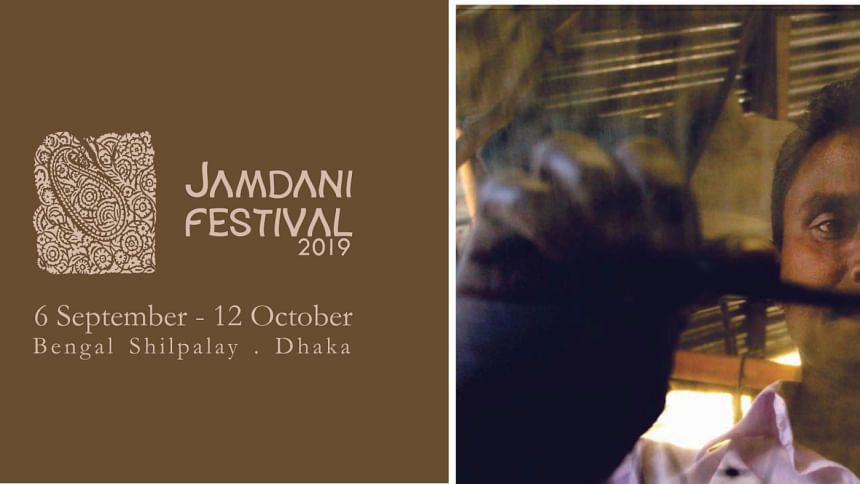
LS: What is NCCB’s and Bengal Foundation’s ambition with Jamdani?
National Crafts Council of Bangladesh (NCCB), particularly Ruby Ghuznavi, is certainly trying very hard to reinstate the glory days of Jamdani’s past. She has worked relentlessly to revive and promote vegetable dyes and other fine crafts traditions. Ruby Ghuznavi is optimistic that the intricacies of the Jamdani weave; the heritage motifs in all their glorious Persian influence, can still be restored, if pursued properly.
One of the major ways to do it is by acknowledging the actual worth of a Jamdani, by giving value to its magnificence. For that to happen, we must recognise the effort, dedication and outstanding skill of the artisans. The dedication in producing just one fine Jamdani, which can take months, should be acknowledged and matched in its monetary compensation.
This is where Bengal Foundation is particularly interested; we believe that the community that weaves with such unsurpassed finesse, must be brought to the fore.
The beauty of the craft must be recreated to give Jamdani its proper place as a craft in its own right.
The National Crafts Council wants to recreate 100-year-old Jamdanis as a celebration of the quality of the work by weavers, and together with them, we are very interested to let the world get acquainted with the elegance of the product.
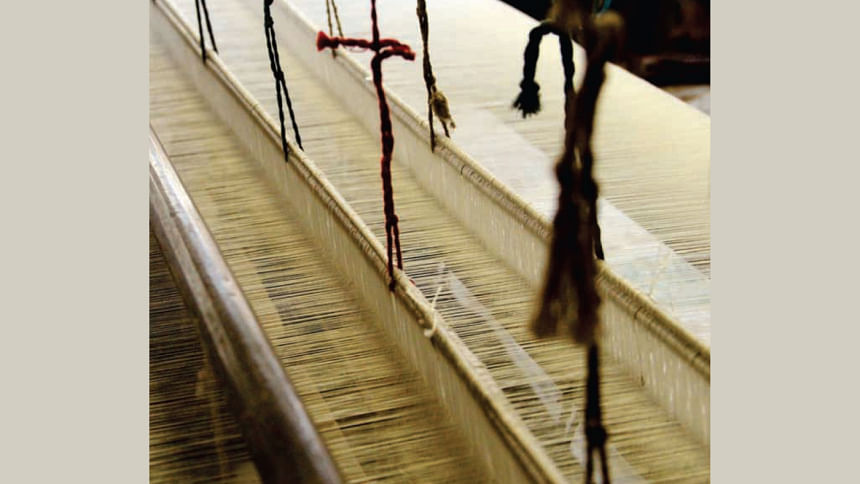
LS: Finally, is everything lost or is there still time for the young weavers to actually bring back our age-old heritage weave? How important are the skills of the weavers, and their willingness to take part in the revival effort?
All is not lost and the spark is still there, but buried under years of neglect!
Chandra Shekhar Saha, had to go through immense difficulty overseeing numerous workshops to make the artisans agree to the idea of recreating the centuries old designs.
Interestingly enough, the primary reaction was pessimism, especially on the part of elderly artisans. With steady encouragement, the younger weavers gained enough confidence to take on the initiative.
Four major crafts organisations came forward to help — Aarong, Aranya, Kumudini, and Tangail Saree Kutir, with their expertise, production capabilities, connections within the community, and a similar vision and knowledge regarding the business.
With the younger weavers now duly acknowledged as masters and associates in the production of Jamdani; it certainly shows a lot about Bangladesh and its future, that it’s all about the younger generation and their willingness to persevere.
This is certainly an indication towards a brighter future for both Jamdani and our country.
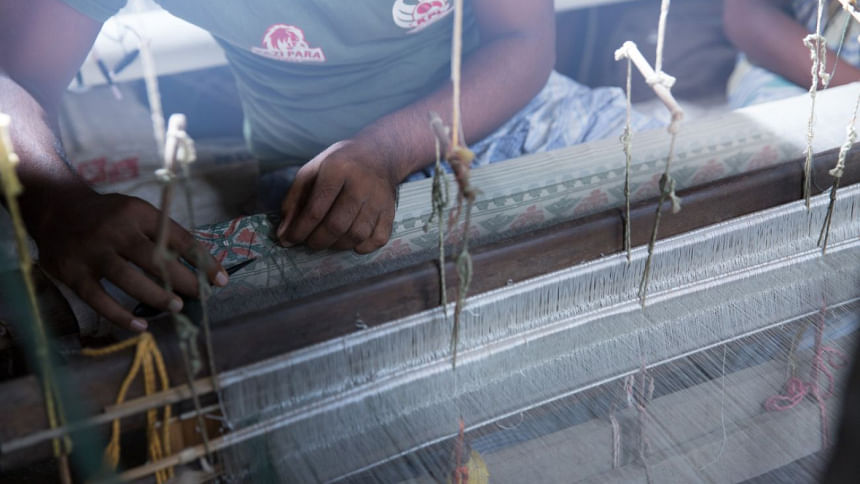
LS: How important is the role of women in the production of Jamdani? Is there any difference between today and the yesteryears?
There is an incredibly complex pre-weaving phase involved in making every single piece of Jamdani sari, and these are all done by the female apprentices with the utmost precision.
In the earlier times, womenfolk were only involved at the pre-weaving stage, but they have now come forward to join the more prominent and visible weaving stages as well. I might never have noticed this until Dr. Hameeda Hossain pointed it out.
It is important we inform the world that the female workforce is (finally!) visible and actively involved in the creation of magnificent hand-woven fabrics. This is certainly an observable difference between the past and the present.
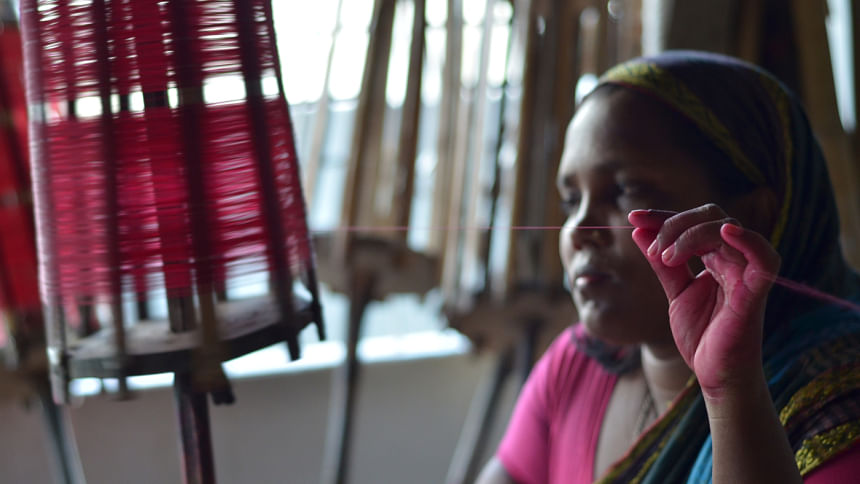
LS: Is there any formal book of patterns for the weaving process? How do the young weavers learn the craft from the master craftsmen?
It is indeed an interesting question.
An intriguing aspect of Jamdani is that all techniques of producing any particular design is transmitted orally from one master weaver to their apprentice, from memory. So, at the end of the day, it’s not only about appreciation of the Jamdanis, but also recognising the design acumen and labour that goes into making the exquisite material see the light of day.
To make Jamdani sustainable in the long run, the transmission of knowledge must be ensured, so that next generation weavers can work with it.
LS: The most hopeful option for a way forward…?
As acknowledged previously, to sustain the momentum we certainly need to think about the future. Otherwise, all these efforts will just recoil into the previous state of sluggish lethargy. The correct way forward is extremely important for a sustainable revival.
The designers, particularly the high-end couturiers of our country, must come forward and help bring the Jamdani to the international market.
In order to sustain the long term vision, we certainly need appreciation from the world market. Otherwise, if we try to limit our legacy to just ourselves, then only a handful of collectors and enthusiasts will know and appreciate the value of the fabric and the artisans’ skill.
We as Bengalis should be able to take pride that Jamdani is our heritage — our craft, and that our artisans are the ones responsible for developing the exquisiteness that is the Jamdani fabric, but for the thoughts to be appreciated and the crafts to survive, this very product must be shared with the rest of the world.
Photo: Bengal Foundation

 For all latest news, follow The Daily Star's Google News channel.
For all latest news, follow The Daily Star's Google News channel. 



Comments